When the press gets involved
From investigative articles on the degradation of some historical relics; reports reflecting the commercialization of festivals... the press contributes to orienting public opinion and raising community awareness in heritage conservation.
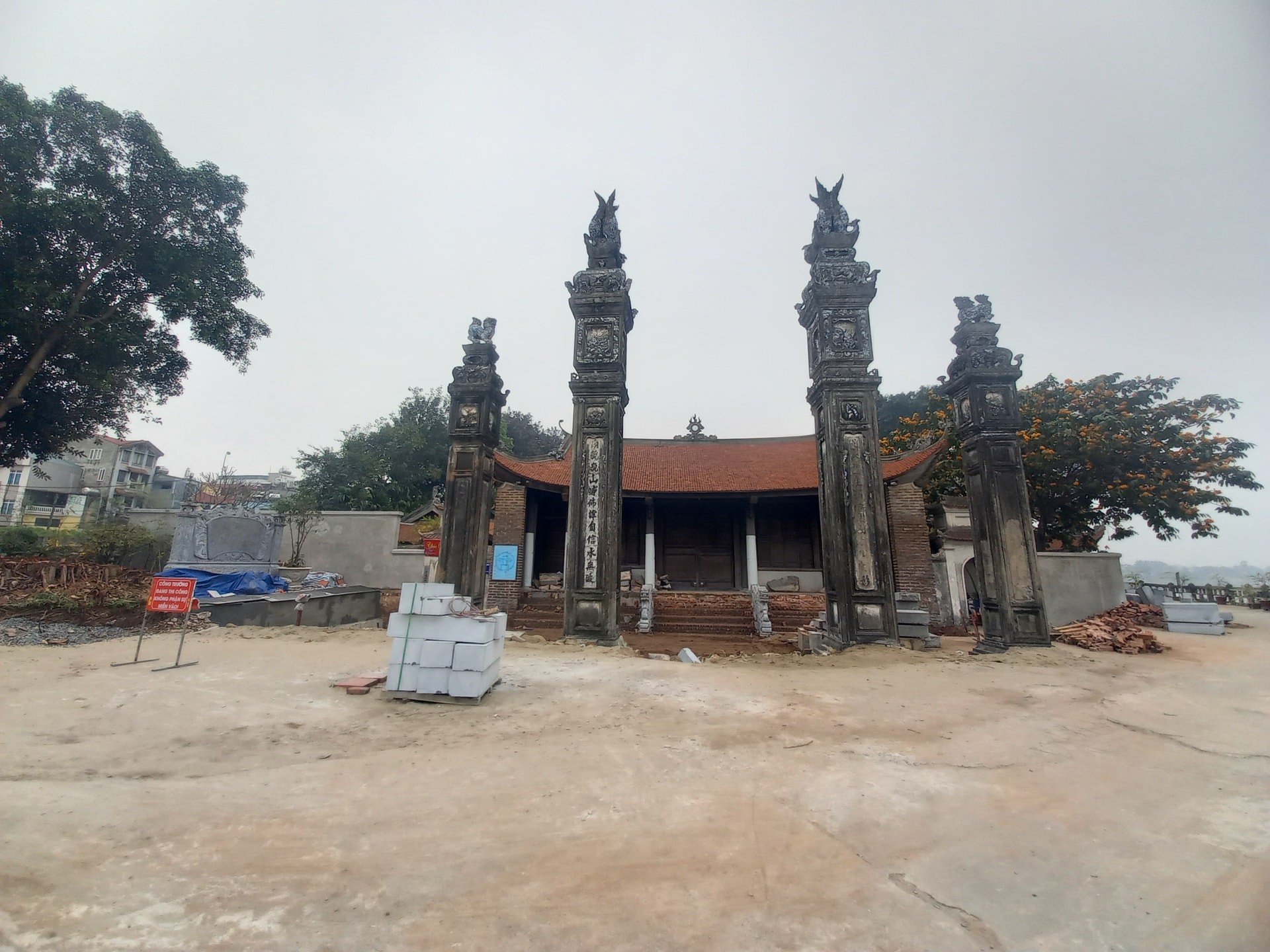
Recently, the involvement of the press in reflecting the situation of illegal restoration of relics at the national historical site of Duom Temple, Phu Luong District ( Thai Nguyen Province) has created a wave of strong debate in society. Or like before, when restoring the special national relic of Chem Temple (Hanoi), many violations occurred which were reported by the press. Immediately after that, the authorities promptly intervened to handle the matter.
However, in addition to reflecting negative situations, the press is also a place to honor individuals and organizations that are quietly preserving heritage. Elderly artisans who hold the quintessence of their craft villages, groups of young people who are passionate about traditional costumes and restoring traditional musical instruments... are introduced in the press as a way to recognize and encourage the spread of positive actions in the community.
Dr. Pham Viet Long said that the press has been playing a pivotal role in preserving and promoting cultural heritage. In print, electronic, radio and television, many in-depth articles and reports have discovered, promoted and honored the unique values of heritage - both tangible and intangible. The press also does not hesitate to speak out against acts of infringement, commercialization and distortion of heritage values.
“In addition, the press also accompanies the management agency in the process of preparing heritage dossiers to submit to UNESCO, organizing media events and publiceducation campaigns, especially for the younger generation, thereby arousing pride and awareness of preserving national cultural identity,” said Mr. Long.
Not only stopping at reporting news, the press also accompanies and promotes efforts to restore and promote heritage in many diverse and creative forms. Many press agencies now have specialized pages and cultural columns with regular frequency, deeply analyzing and connecting researchers, artists, and heritage managers, thereby creating a public forum for exchange and advice for the preservation process.
According to Prof. Dr. Tu Thi Loan (Vietnam National Institute of Culture and Arts), the press is an effective communication channel to convey information about the historical, cultural, scientific and aesthetic values of various types of cultural heritage (tangible and intangible) to the general public. Through articles, reports, and in-depth columns, the press has contributed to raising public awareness of the importance of heritage conservation, thereby promoting a sense of responsibility and awareness of heritage preservation in society.
Bridge between heritage and time
In the context of strong digital transformation and globalization, cultural heritage is facing great opportunities to spread its values, but also faces many risks of commercialization, deviation from standards or disruption of traditional connections. At this time, the role of the press becomes even more important.
Prof. Dr. Tu Thi Loan believes that in order to continue to play a role in preserving and promoting the value of cultural heritage in the digital age, the press needs to transform strongly, not only in terms of transmission methods but also in terms of approach, content and technology. When that is done, the press will be a sustainable bridge between past heritage and future generations.
According to Ms. Loan, the press needs to change its content from "providing information" to "telling engaging stories". Instead of simply reporting news, the press needs to shift to creative storytelling, exploiting the cultural and historical depth of heritage with familiar language, vivid storytelling, easy to perceive, easy to share. Along with that, diversify media platforms, take advantage of the power of social networks and digital platforms. To more effectively reach young people, the public group that mainly consumes information through social networks, the press needs to increase its presence on platforms such as TikTok, Instagram, YouTube Shorts with short, intuitive, and easy-to-access content.
At the same time, increase interaction and community of heritage content. The press does not only “tell the public”, but also needs to create conditions for the public, especially young people, to “tell and preserve” heritage together. It is necessary to continue digitizing heritage archives; build open databases of images, articles, videos; link with digital libraries, online learning platforms, etc. so that the content does not stop at today’s articles but becomes part of the “digital cultural treasure” for future generations.
Sharing the same view, Dr. Pham Viet Long said that digital transformation requires the press to innovate from content to form. In order for heritage to reach a wider audience, especially the young, the press needs to take advantage of multiple platforms: from social networks, short videos, podcasts to interactive formats such as virtual reality (VR), augmented reality (AR).
“The press should tell compelling stories, evoke emotions and create authentic, intimate digital experiences. In addition, it is necessary to cooperate with young content creators, artists and researchers to renew the approach, while maintaining depth and accuracy. The press not only brings heritage to the public, but also helps the public - especially the young generation - become companions and spread the value of heritage in modern life,” said Mr. Long.
Journalism - the extended arm of heritage
Cultural researcher Ngo Huong Giang believes that the press plays an important role in discovering new heritages/heritage clusters, spreading traditional cultural identity values, and thereby suggesting recommendations (through interviews with experts/researchers) in heritage conservation.
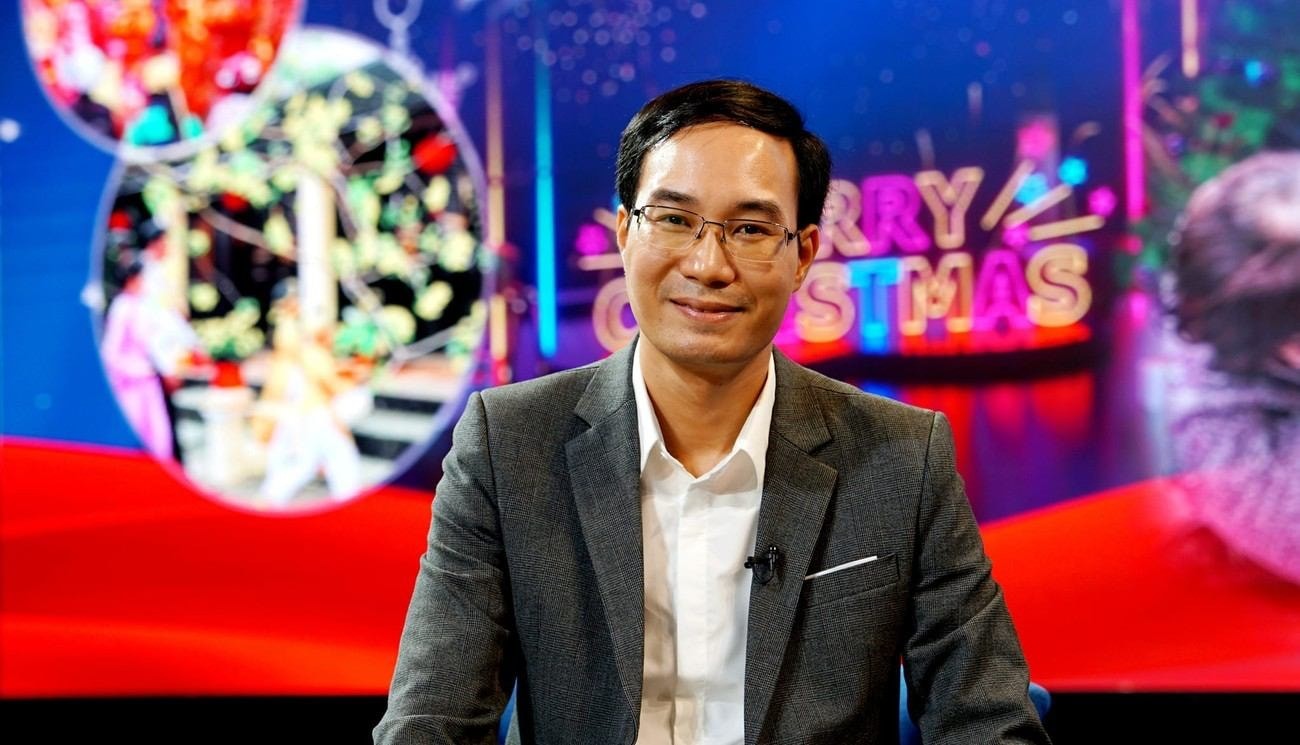
Many newly discovered heritages/heritage clusters such as the "Banana Garden" Cultural Site or the heritage cluster of Trinh Lords' tombs in Thanh Hoa, if there were no press involvement, these archaeological sites/historical structures would be eroded and seriously degraded by nature and humans. If there were no dedication of dedicated journalists, using sharp pens to protect the spiritual and cultural values of the Vietnamese people, many cultural structures would have been forgotten or "cold" by time, frozen in reality.
Source: https://baolaocai.vn/bao-chi-gop-phan-giu-hon-di-san-post403496.html








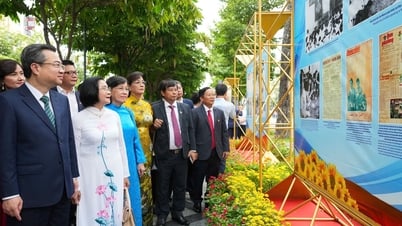



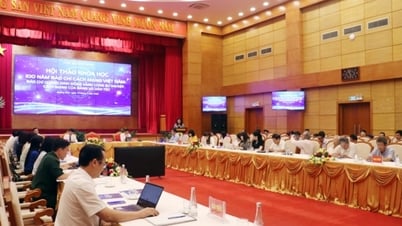

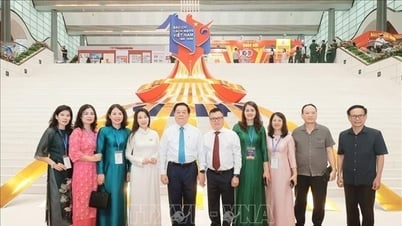





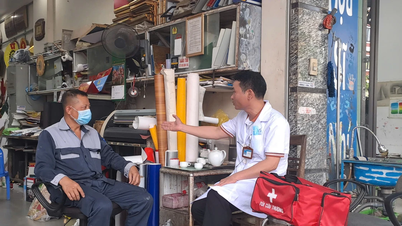
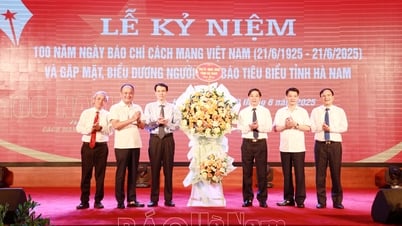

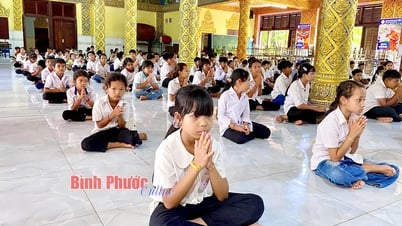


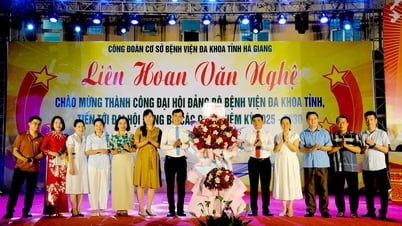

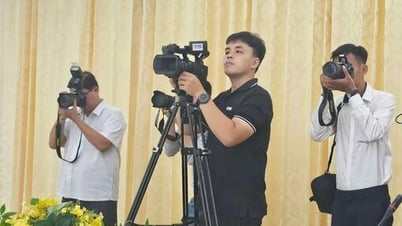






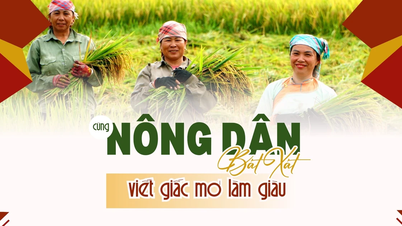
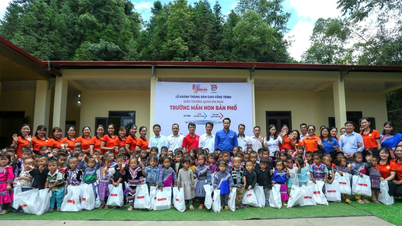

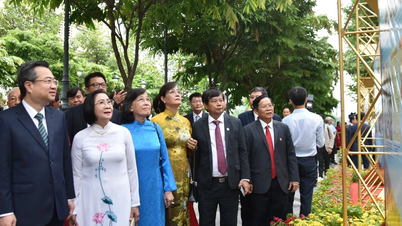
















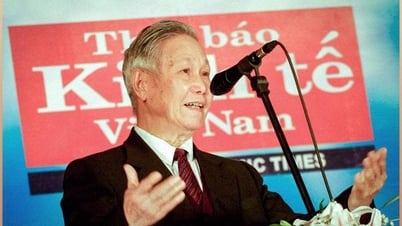
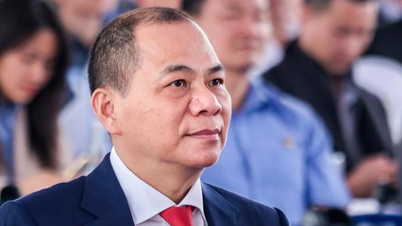
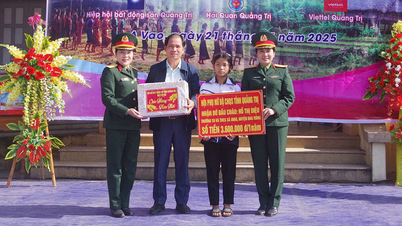



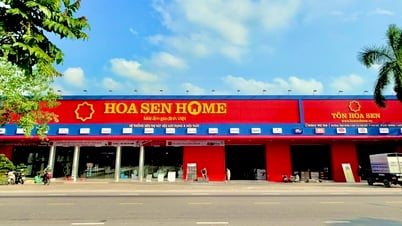








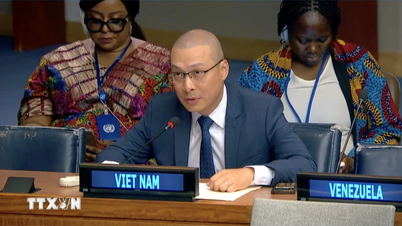





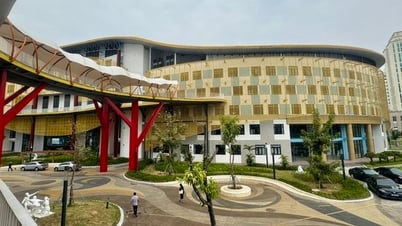

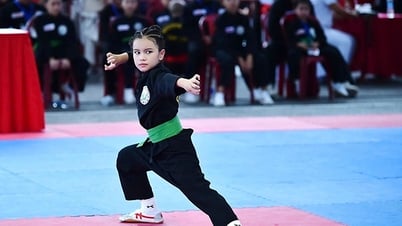

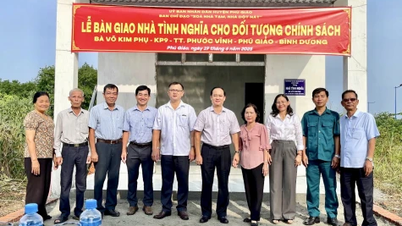



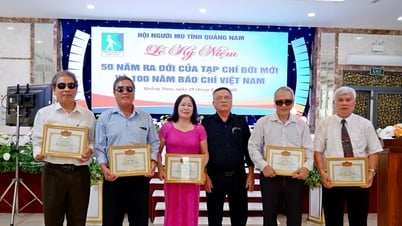
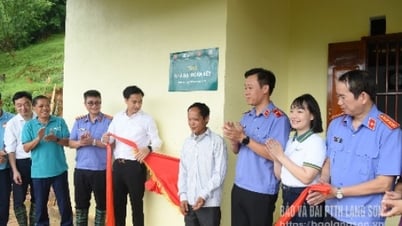

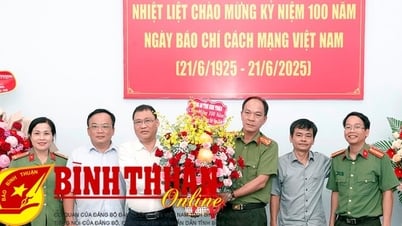

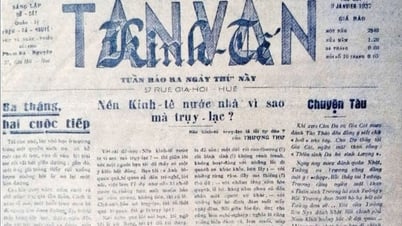












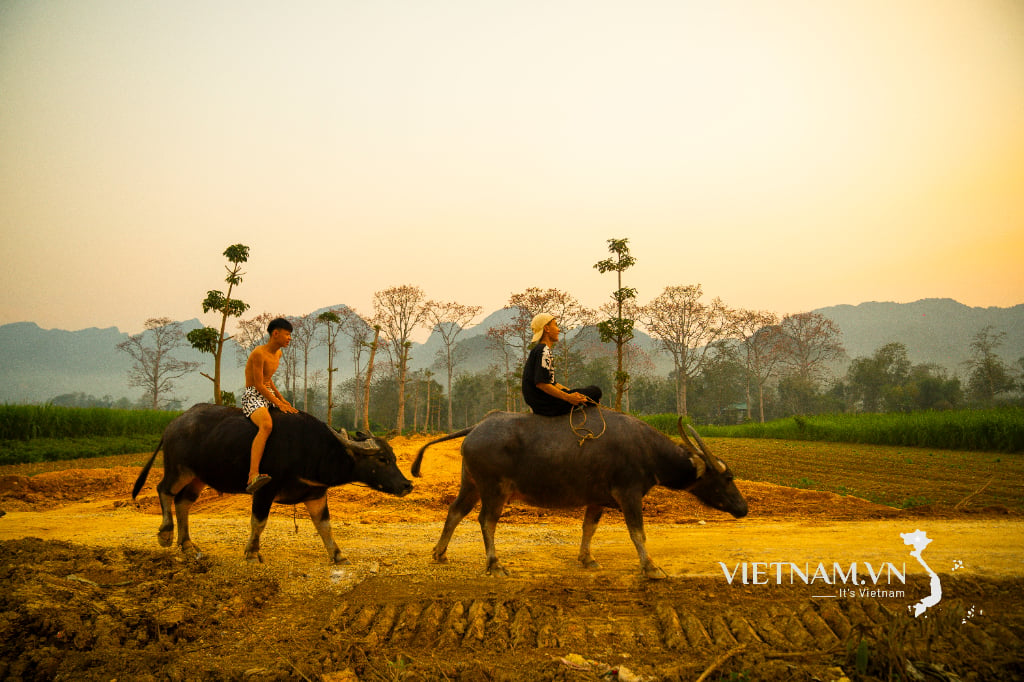

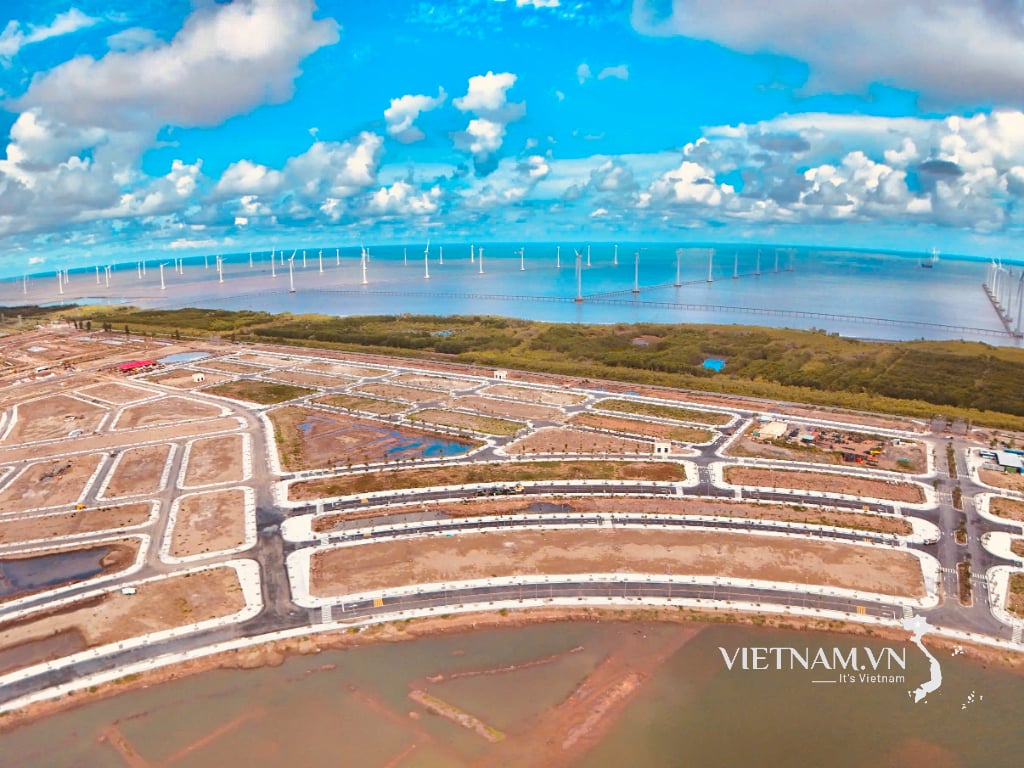
Comment (0)